Quang Ninh possesses a diverse, rich, unique, and traditional intangible cultural heritage of its ethnic communities.
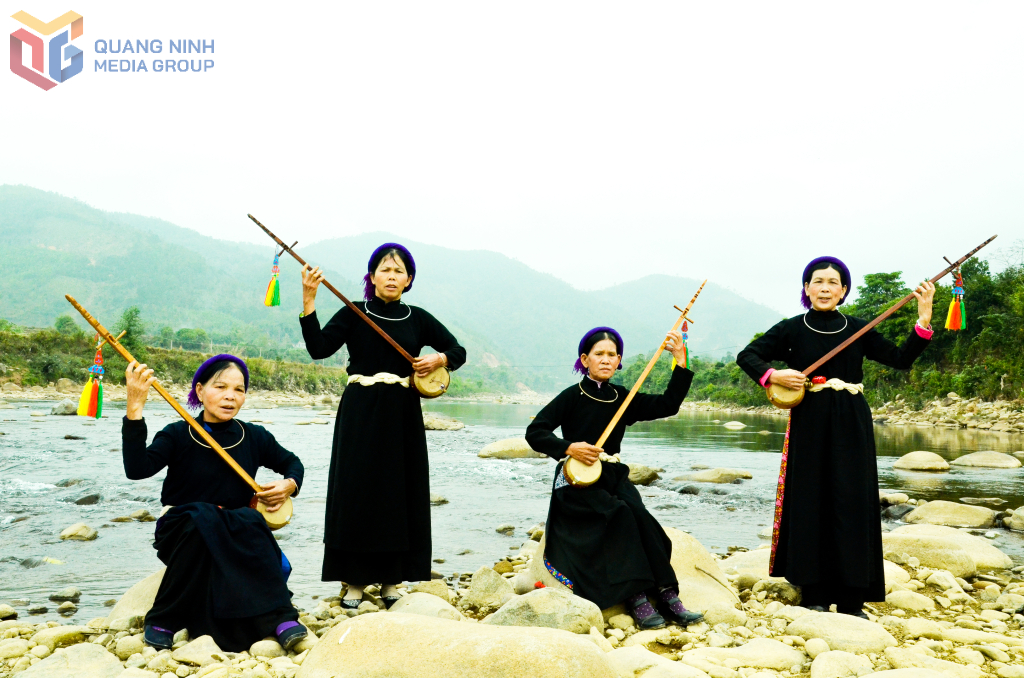
Intangible cultural heritage refers to intangible things, spiritual products associated with communities or individuals, related cultural objects and spaces, possessing historical, cultural, and scientific value, reflecting the identity of the community, and constantly being recreated and passed down from generation to generation through oral tradition, apprenticeship, performance, and other forms. As an ancient land with many ethnic groups, each with its own distinct cultural characteristics, Quang Ninh boasts a rich and diverse cultural landscape. Currently, Quang Ninh has 362 intangible cultural heritage items belonging to 7 categories, including: 76 traditional folk festivals, 25 traditional craft heritages, 22 folk performing arts heritages, 14 folk literature heritages, 168 social custom heritages, 7 written language heritages, and 50 folk knowledge heritages.
Among them, the forms of folk performances are very rich, typical examples include: Then singing of the Tay people, call-and-response singing and courtship singing on boats of fishermen in Ha Long Bay, Dum singing on Ha Nam Island (Quang Yen town), Soong Co singing of the San Chi people (Binh Lieu and Tien Yen districts), Dao folk songs (Ha Long city and Uong Bi city), Nha To singing, singing and dancing at the communal house in Van Ninh (Mong Cai city), Doan Ket commune (Van Don district), Dam Ha commune (Dam Ha district)...
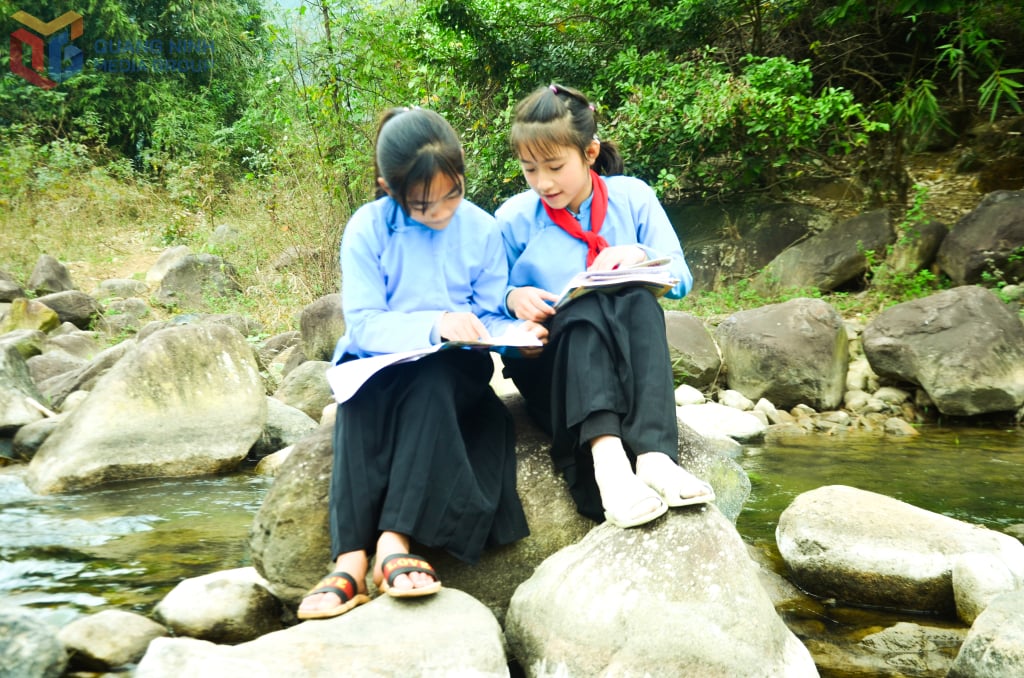
The province boasts nearly 80 festivals, both large and small, held annually. Some of these are large-scale events lasting several days, and others are regional festivals that attract visitors from many provinces and cities. There is a cultural fusion and blending of regional traditions, harmonizing folk beliefs with the worship of historical figures in Quang Ninh's festivals. Meanwhile, many coastal festivals are influenced by agricultural festivals in the delta.
To date, Quang Ninh province has 15 national intangible cultural heritage sites, including: the Then ritual of the Tay, Nung, and Thai people; Nha To singing (temple gate singing); the folk performance art of Soong Co singing of the San Chi people and Soong Co singing of the San Diu people; the festivals of Cua Ong Temple, Tien Cong Shrine, Tra Co communal house, Quan Lan communal house, Dam Ha communal house, Van Ninh communal house, Bach Dang festival and Xuong Dong festival; the Wind-Avoiding custom of the Dao people in Dong Van commune; the coming-of-age ceremony of the Thanh Y Dao people (Ha Long City, Uong Bi, Cam Pha, Mong Cai, Van Don, Ba Che, Binh Lieu, Tien Yen, Dam Ha, Hai Ha districts); and the New Rice Festival of the Tay people (Ha Long City, Cam Pha, Dong Trieu, Binh Lieu, Tien Yen, Ba Che, Hai Ha, Dam Ha districts).
Notably, Quang Ninh also possesses two heritage sites: the Then ritual of the Tay people, being one of 11 provinces with Then rituals of the Tay, Nung, and Thai ethnic groups in Vietnam, and the practice of the Mother Goddess worship of the Three Realms of the Vietnamese people, both of which have been inscribed by UNESCO on the list of representative intangible cultural heritage of humanity.
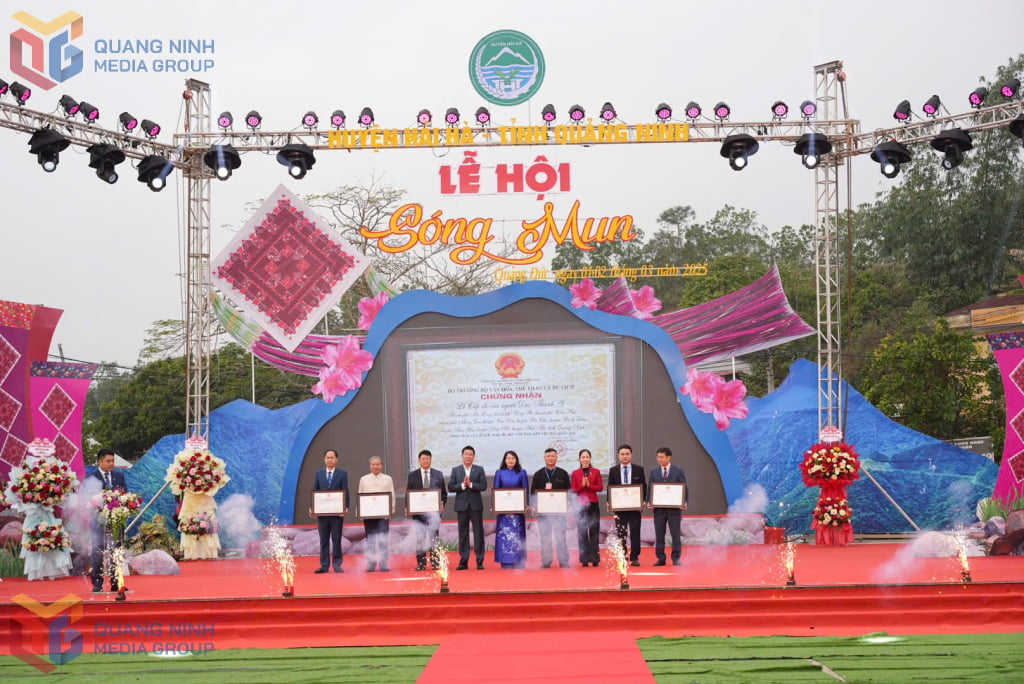
Over the years, the cultural sector and local authorities have actively implemented projects and programs on preserving and promoting the cultural values of Quang Ninh's ethnic groups. Awakening the potential value of intangible cultural heritage, Quang Ninh province has incorporated traditional art forms into rural life, folk games into festivals, and even into schools. Many folk singing clubs have been established. The Department of Culture, Sports and Tourism and local authorities, in coordination with the Vietnam National Institute of Culture and Arts, have also researched, collected, and restored many intangible cultural heritages of Quang Ninh's ethnic groups, including various forms of folk performances, traditional festivals, and social customs of the ethnic communities.
Huynh Dang
Source


![[Photo] Prime Minister Pham Minh Chinh receives the Governor of Tochigi Province (Japan)](/_next/image?url=https%3A%2F%2Fvphoto.vietnam.vn%2Fthumb%2F1200x675%2Fvietnam%2Fresource%2FIMAGE%2F2025%2F12%2F16%2F1765892133176_dsc-8082-6425-jpg.webp&w=3840&q=75)

![[Image] Leaked images ahead of the 2025 Community Action Awards gala.](/_next/image?url=https%3A%2F%2Fvphoto.vietnam.vn%2Fthumb%2F1200x675%2Fvietnam%2Fresource%2FIMAGE%2F2025%2F12%2F16%2F1765882828720_ndo_br_thiet-ke-chua-co-ten-45-png.webp&w=3840&q=75)
![[Photo] Prime Minister Pham Minh Chinh receives Lao Minister of Education and Sports Thongsalith Mangnormek](/_next/image?url=https%3A%2F%2Fvphoto.vietnam.vn%2Fthumb%2F1200x675%2Fvietnam%2Fresource%2FIMAGE%2F2025%2F12%2F16%2F1765876834721_dsc-7519-jpg.webp&w=3840&q=75)

![[Live] 2025 Community Action Awards Gala](/_next/image?url=https%3A%2F%2Fvphoto.vietnam.vn%2Fthumb%2F1200x675%2Fvietnam%2Fresource%2FIMAGE%2F2025%2F12%2F16%2F1765899631650_ndo_tr_z7334013144784-9f9fe10a6d63584c85aff40f2957c250-jpg.webp&w=3840&q=75)
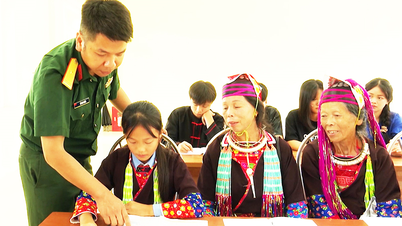



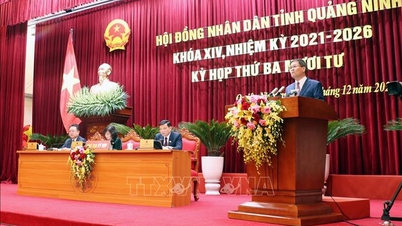

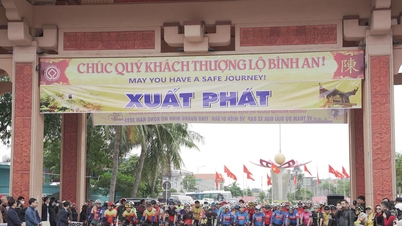


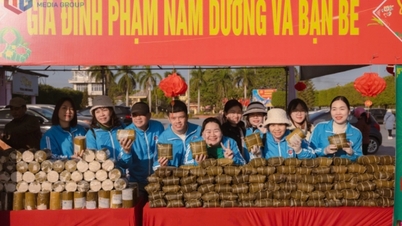

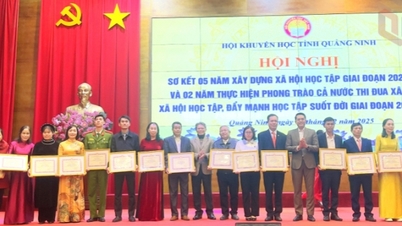
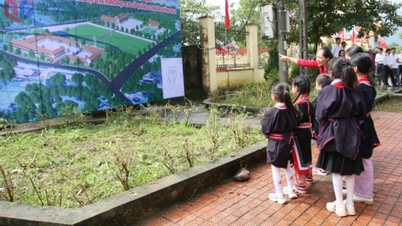


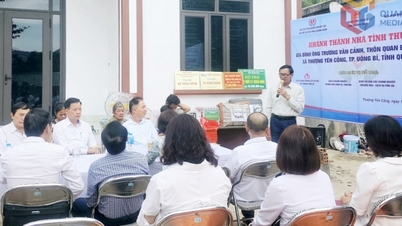
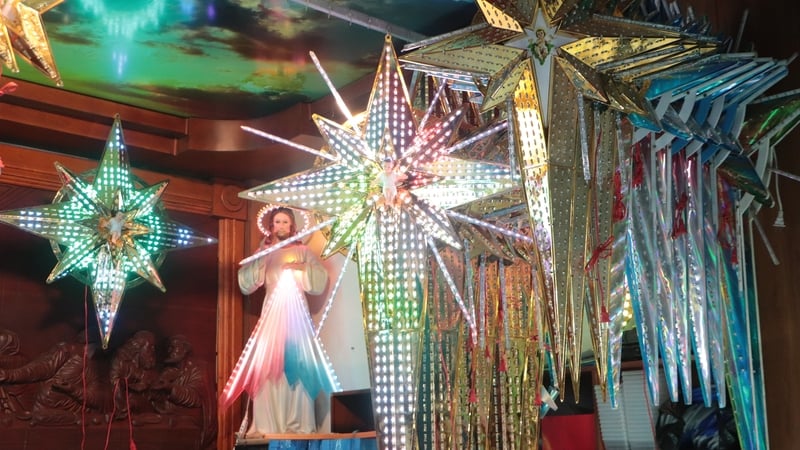
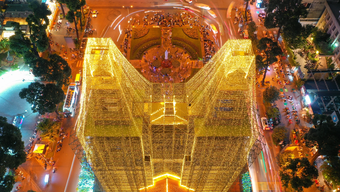

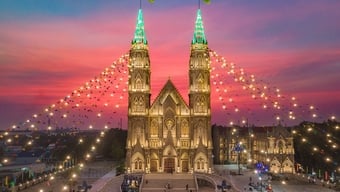










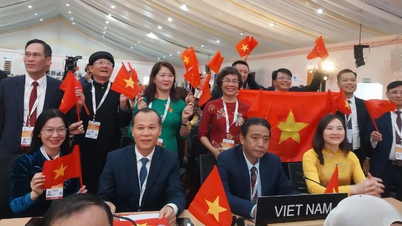


























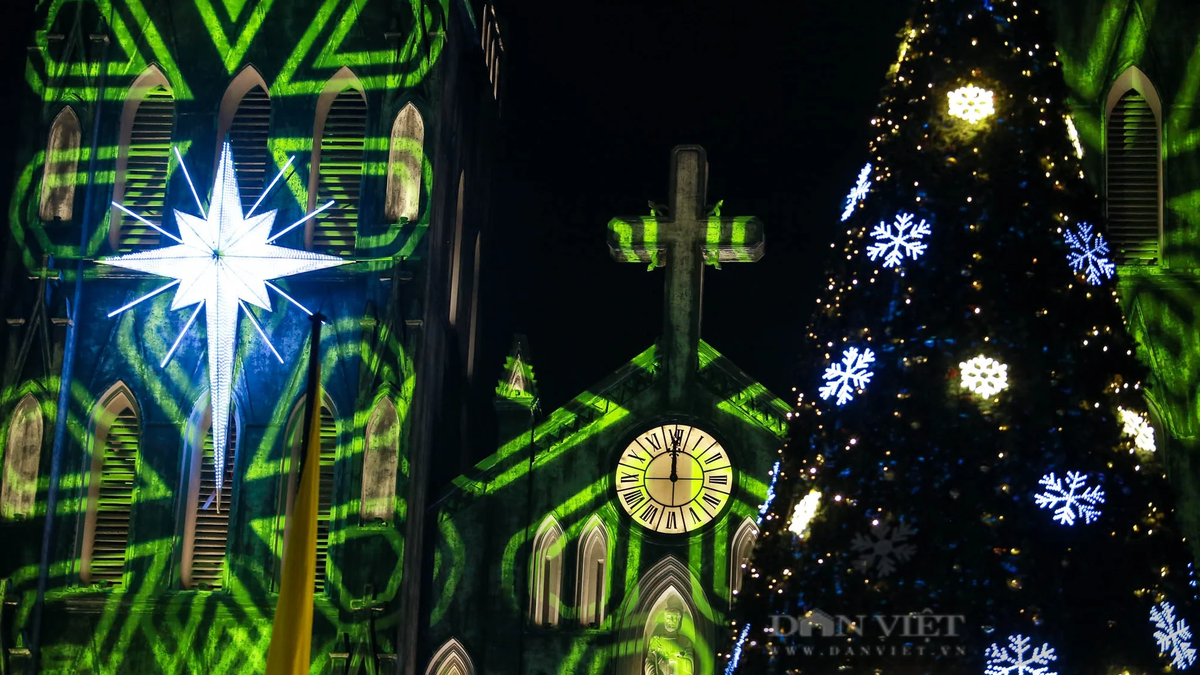




![[Photo] Prime Minister Pham Minh Chinh attends the Vietnam Economic Forum 2025](https://vphoto.vietnam.vn/thumb/402x226/vietnam/resource/IMAGE/2025/12/16/1765893035503_ndo_br_dsc-8043-jpg.webp)






























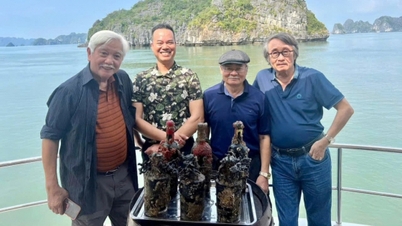

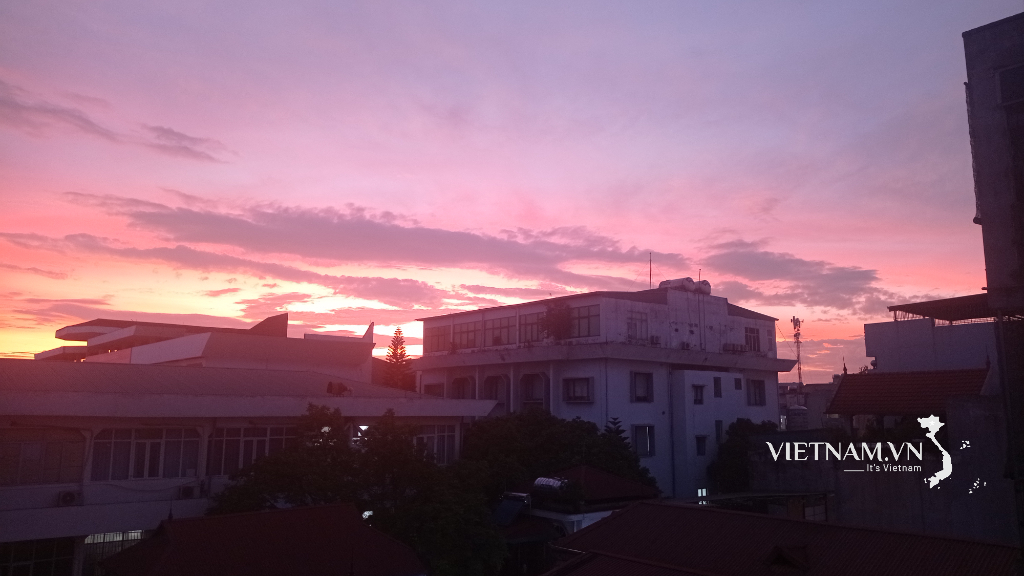


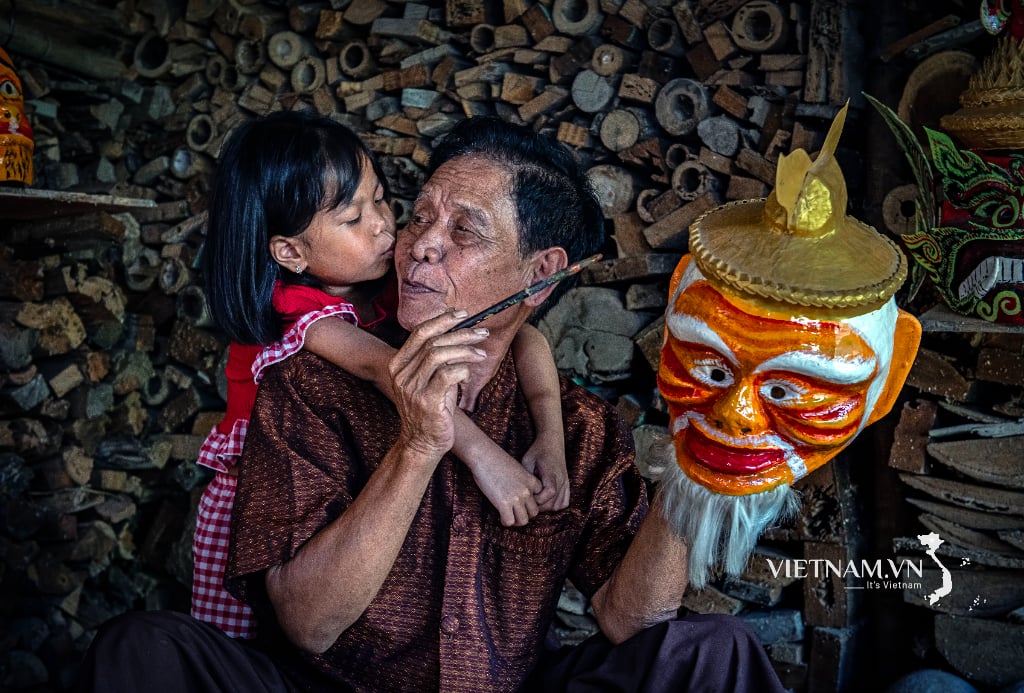
Comment (0)